2022.5.27
Nanzenji Temple
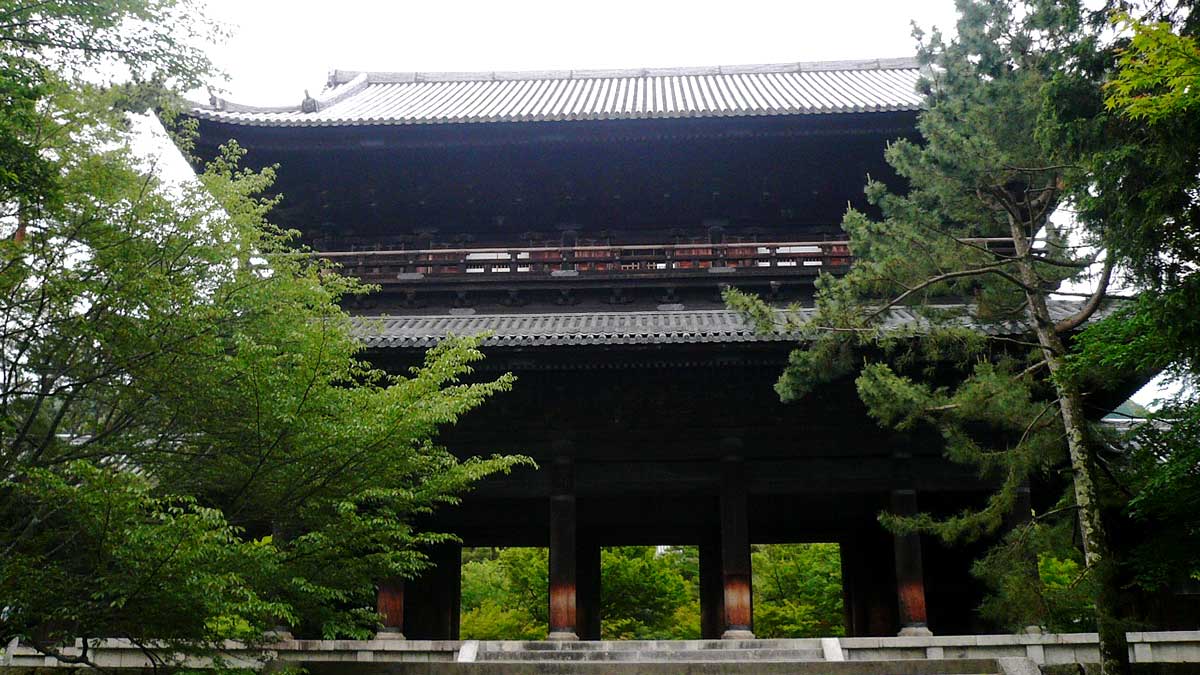
Nanzen-ji is a temple of the Rinji sect of Nanzenji sect.
It is considered to be a special class of Kyoto Gozan and Kamakura Gozan, and is considered to be the temple with the highest prestige among Zen temples in
Japan.
Nanzen-ji Temple began when Emperor Kameyama built a palace called Zenrin-ji Temple in 1264 (the first year of Bunei), and in
1291 (4th year of Shōnen), this palace was made into Long'anshan Zen Forest Zen Temple.
It is said that Muguan Pumen was the opening of Nanzen-ji, but he died shortly after,
so the Nisei resident Shōgen Shōen
arranged the temple and changed the temple name to Taiping Xingguo Nanzen Temple.
In the precinct, many buildings are lined up,
including the national treasures of large and small lengths, and many tower heads remain in
the surroundings.
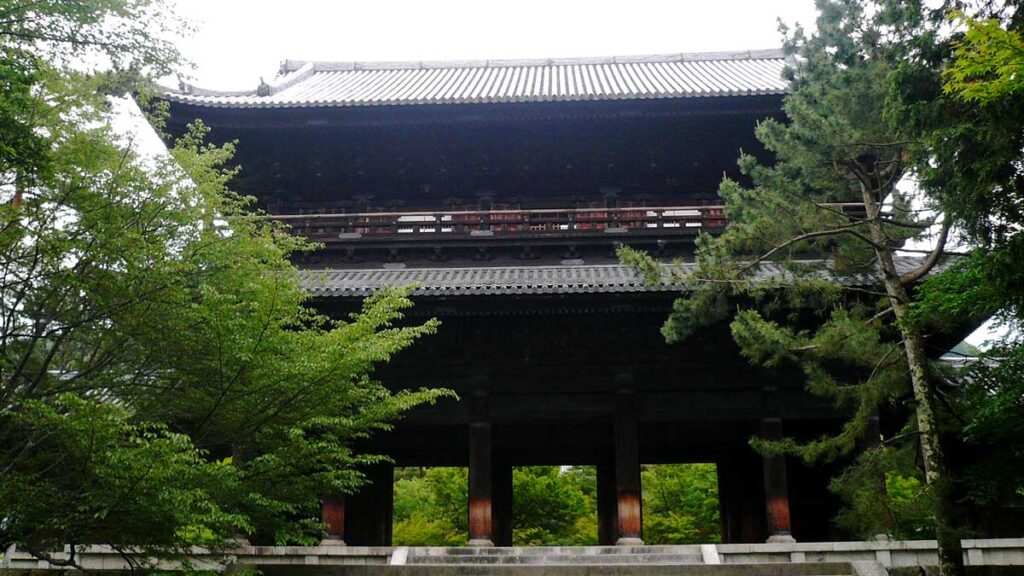
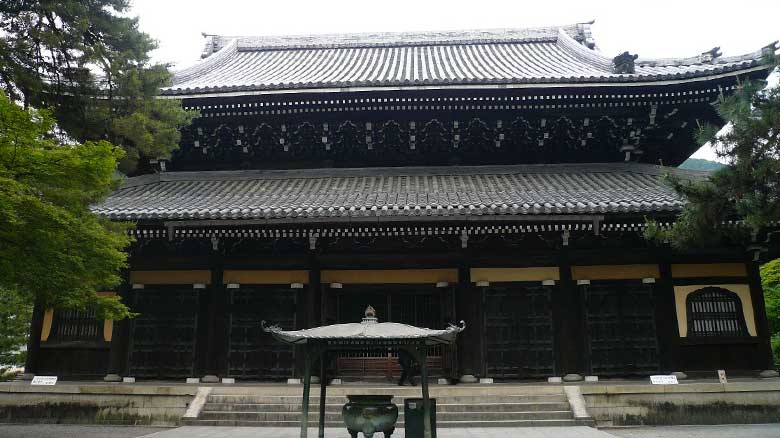
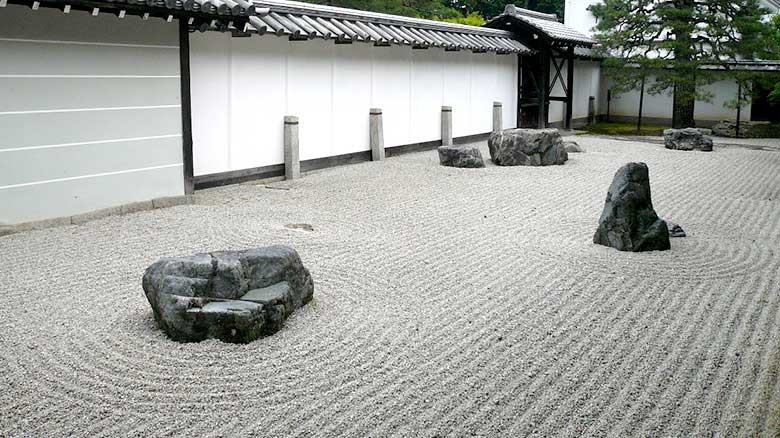
Imperial Gate ~ Three Gates
From the kick, we passed through the emotional village and past the Kinchi-in, one of the pagoda heads, and came out in front of the middle gate of Nanzenji Temple.
In 1601 (6th year of Keicho), the gate of Fushimi Castle Matsui House was donated as an envoy gate.
Nanzen-ji has an east-west arrangement of cathedrals in the precinct, and this middle gate is the western entrance to the Shichidō Temple, the main temple of Nanzen-ji.
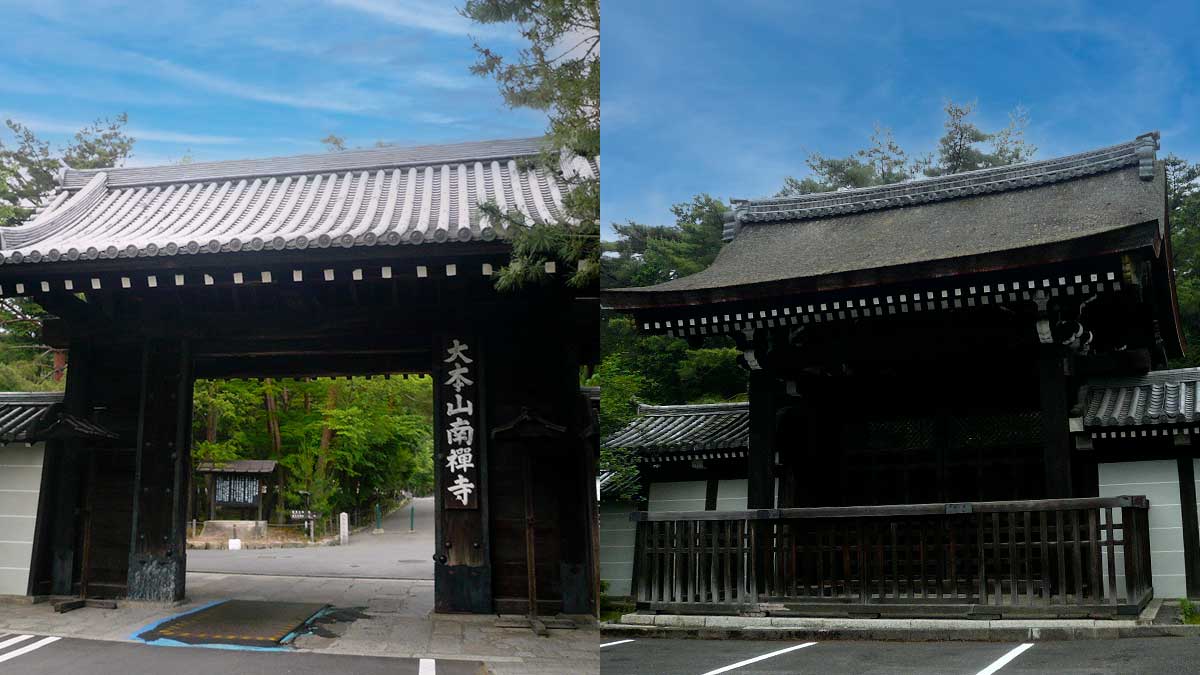
There are several tower heads on the west side of the middle gate, but when you go through the middle gate, a vast precinct spreads.
Right north of the middle gate is the Imperial Gate.
This heavy thatched gate was given to Emperor Meishō in 1641 (Kannaga 18) as a gift from the Imperial Palace Day Gate.
The former Imperial Gate was moved to the south side and is now the Middle Gate.
A wide entrance road extends east from the Imperial Gate, and three gates and a hall are arranged beyond it.
As I walked along the wide entrance road, I saw three imposing gates that looked up at me.

"Three Gates" is an abbreviation of the Three Liberation Gates, but it seems to represent the three barriers that must be transmitted in order to reach enlightenment:
empty, phaseless, and random.
The three gates of Nanzenji Temple were built in 1295 (Nagahito 3) with the donation of Nishienji Minorukane, and were renovated around 1370.
The new three gates were also destroyed by fire in 1444 (Bunei 4), and the current three gates were rebuilt by Todo Takatora in 1628 (Hironaga 5).
These three gates are also called "Tenkashita Ryumon" and are designated as important cultural properties of the country.
In Kabuki, there is a scene where Ishikawa Goemon goes up to these three gates and cuts a great bargain with "superb scenery", but as I mentioned earlier, these three gates did not exist when Ishikawa Goemon was alive.
